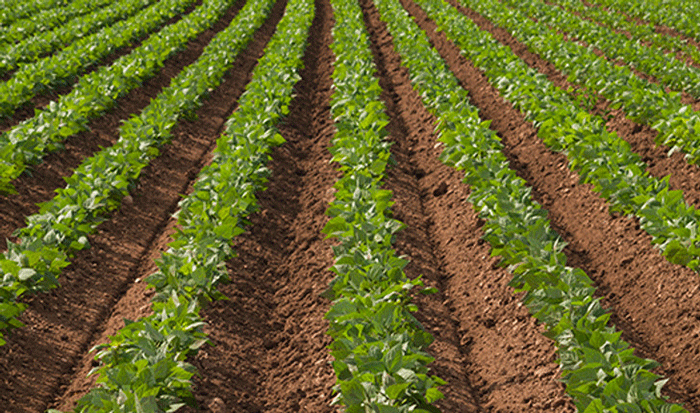
Today, there are two common irrigation methods in the world, the first is rain irrigation and the second is local irrigation, which includes drip irrigation. Recently, there has been a lot of prosperity in the country and its use has led to high savings in water consumption.
Irrigation with tape (irrigation tape) is one of the irrigation methods, which has been used in recent decades in advanced industrial countries on a large scale, mostly for agricultural units and more or less for gardens, and in our country as well. It has been in use for several years and its use is expanding. The need of farmers for ease of irrigation and optimal use of water resources has led to the creation of drip irrigation system. Today, by using this irrigation system, farmers prevent water loss up to 70%.
The only difference between this method and drip irrigation is the use of tapes instead of conventional water pipes with drippers. This system includes pumping and filtration station and main, semi-main and manifold pipelines.
What is drip irrigation tape and what is its use?
It is a type of pipe with a different water supply, which is specially used in drip irrigation, which is in the form of a strip and is made of polyethylene with a thin wall. Tip tape is almost flat and very soft and flexible, when the water flow enters it, it turns into a tube and after the water flow stops, it returns flat again. This strip is filled when water enters it, and water drops are removed through openings or drippers (drippers) installed on them at regular intervals of 10, 20, and 30 cm, and irrigation is carried out And after the end of irrigation, the type becomes flat again. The thickness of the tape tape wall is very thin (150 or 175 or 200 or 250 microns) and the distance between the drippers in the irrigation tape is different. Thicker types are usually used for subsurface irrigation of various plants.
The way to use Novartip is that it is spread on the ground and next to the row of cultivated plants, and the water that comes out of the holes performs the irrigation operation.
In terms of the type of water output, these strips are divided into two categories: 1- Plated strip 2- Seam type strip, which can be placed next to the irrigation strip or in the middle of it.
Each type of these tapes is used for different applications. There are different types of these tapes and their prices vary based on technical specifications (thickness – hole spacing) and production quality.

Applications of drip irrigation tape
Type irrigation tapes are used for all types of dense and row crops in agriculture to irrigate row crops (such as cauliflower, lettuce, pepper, cotton…) as well as crops (wheat, corn, beans…) as a means of spreading enough water. It is installed near the plant so that the water reaches the root area of the plant through deep penetration in the soil.
In the tape irrigation system, water is given to the ground near the root development zone of the plant to wet a small area and depth of the soil surface. This saves a lot of water. This method can also be used in greenhouses.
One of the most important applications of Novartip for irrigation is related to dry areas that face water shortage. Also, greenhouse owners and those who farm in dry areas can get help from these strips to optimize water consumption by connecting the incoming water source to the garden or greenhouse. In some countries, this system is used to irrigate greenhouses, which has brought very good results. The remarkable thing about using this tape in such areas is that the tip tape does not require a high water source pressure.
Types of drip irrigation tape
Irrigation tapes are produced for different methods (surface and subsurface) and different plants, with a great variety in terms of thickness and distance between drippers or seams. But the most widely used type of them is the irrigation tape with a thickness of 175 and 200 microns with watering intervals of 10, 20 and 30 cm.
Usually, the irrigation strips are of the type with seams and plaques. The plate-type tape has a dropper and at specific intervals of 10, 20 and 30 cm, they have a plate (dropper). The seam type tape does not have a dropper, and instead there is a zigzag-shaped path (zipper-like) next to it, which breaks the water pressure so that the drops come out through the seams and reach the plant’s feet, which is known as the side seam.
